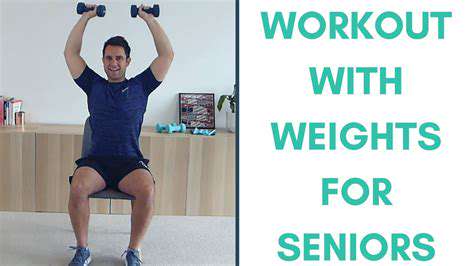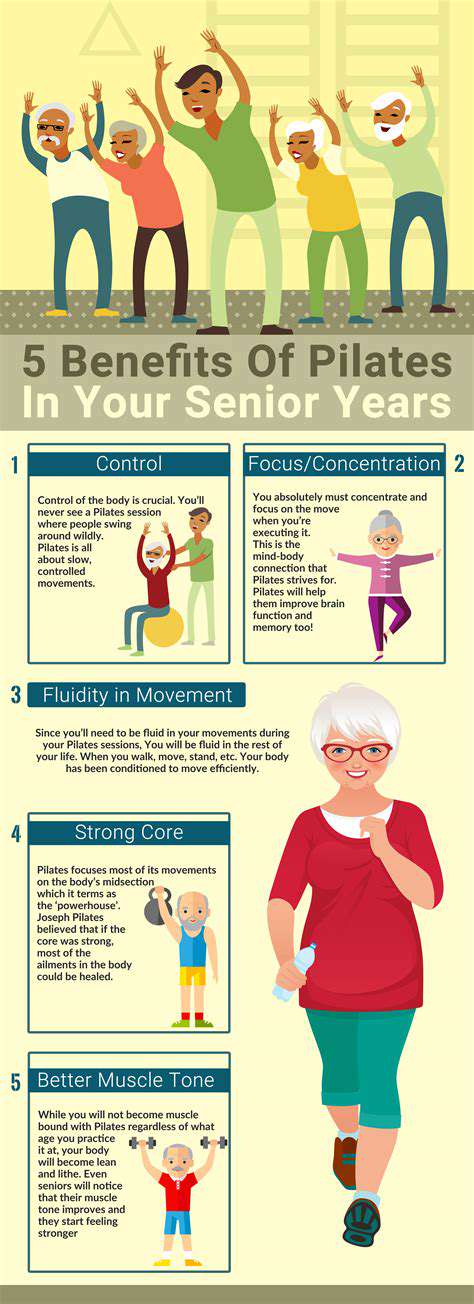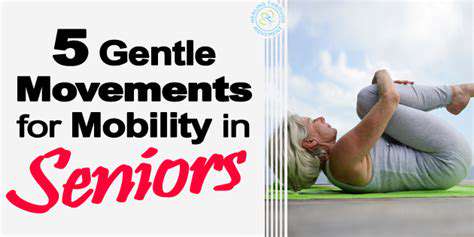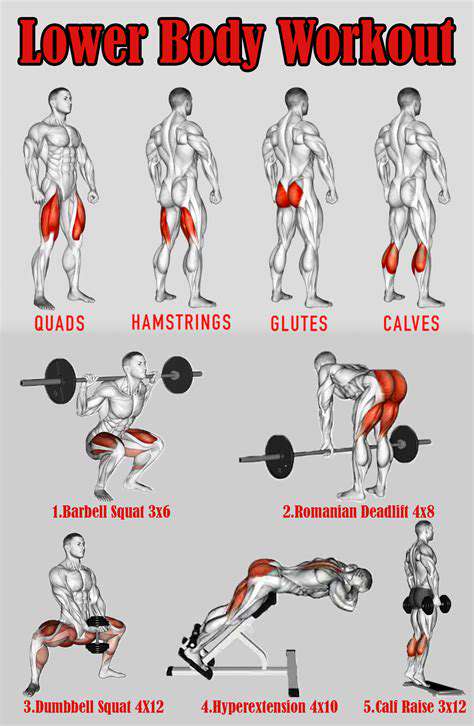Safe and Effective Strength Exercises for Seniors at Home
Introduction to Home Strength Training for Seniors

Getting Started with Home Strength Training
Many older adults are discovering the advantages of home strength training as a practical method to enhance physical fitness from the comfort of their living rooms. This approach eliminates commute time and allows for flexible scheduling around daily routines. Before beginning any exercise program, it's wise to consult with a healthcare professional, especially if you have pre-existing conditions. Starting slowly with basic movements helps establish proper form while minimizing injury risk. Many beginners find that bodyweight exercises provide sufficient challenge initially before progressing to equipment.
When selecting exercise tools, consider both your physical capabilities and available space. Resistance bands offer versatile, low-impact options, while dumbbells allow for progressive resistance increases. Investing in quality equipment that matches your current ability level prevents frustration and promotes long-term consistency. Proper instruction through online tutorials or virtual training sessions can help ensure correct technique. Remember that consistency matters more than intensity when establishing new fitness habits.
Benefits of Home Strength Training
The convenience factor of home workouts removes many common barriers to exercise. Without needing to travel to a gym, seniors often find it easier to maintain regular workout schedules. This accessibility leads to better adherence over time, which is crucial for seeing results. Regular physical activity has been shown to improve sleep quality, mood, and cognitive function in older populations.
Customization represents another major advantage of home training programs. Individuals can modify exercises to accommodate specific limitations or focus on particular muscle groups. This personalization enables seniors to address individual mobility concerns while working toward their unique health objectives. Many find that tracking progress through simple journals or apps provides motivation and demonstrates tangible improvements over weeks and months.
Financial considerations also make home training appealing. While commercial gym memberships involve recurring costs, basic home equipment requires just a one-time investment. Creative use of household items like chairs or stairs can provide effective workout alternatives without any expense. Over time, these savings can be substantial while still delivering meaningful health benefits comparable to gym-based programs.
The psychological benefits of establishing an independent exercise routine shouldn't be underestimated. Developing self-sufficiency in managing one's fitness fosters confidence that often extends to other areas of life. Many seniors report feeling empowered when they recognize their ability to improve strength and mobility through consistent home practice.
Building Strength with Bodyweight Exercises
Bodyweight Squats for Lower Body Power
Bodyweight squats serve as fundamental movements for developing lower body strength that supports daily activities like standing from chairs or climbing stairs. Proper technique involves keeping feet shoulder-width apart while lowering as if sitting back into a chair. Focusing on controlled movements rather than depth initially helps build proper movement patterns. These exercises engage multiple muscle groups simultaneously, making them efficient for comprehensive lower body conditioning.
Beyond muscular development, regular squat practice enhances joint mobility and proprioception. The balancing component activates stabilizing muscles that often weaken with age. Many physical therapists recommend squats as preventive exercises against age-related mobility decline. Starting with chair-assisted variations allows gradual progression to full bodyweight versions as strength improves.
Incorporating Push-ups for Upper Body Strength
Modified push-ups against walls or countertops provide accessible entry points for developing upper body strength. These variations allow individuals to build capacity before attempting traditional floor push-ups. Maintaining proper spinal alignment during push-ups protects the shoulders and back while maximizing muscular engagement. Alternating between different hand positions distributes the workload across various upper body muscles.
Progressing to knee push-ups represents an intermediate step toward full push-ups. Concentrating on slow, controlled movements increases time under tension, enhancing strength gains. Many seniors find that consistent push-up practice improves their ability to perform pushing motions in daily life, from getting up from the floor to moving heavier objects.
Leveraging Plank for Core Stability and Strength
Core strengthening through planks supports overall functional movement and reduces back strain. Beginning with short durations (10-15 seconds) and proper form establishes a foundation for longer holds. Engaging the abdominal muscles while breathing normally represents a key technique element often overlooked by beginners. Plank variations can target different core areas - standard planks work the anterior chain while side planks emphasize oblique strength.
Regular plank practice develops the endurance needed for maintaining proper posture throughout daily activities. This translates to reduced fatigue during standing tasks and improved balance. Many fitness professionals recommend planks as safer alternatives to traditional sit-ups for older adults, as they don't involve spinal flexion that could strain the back.











